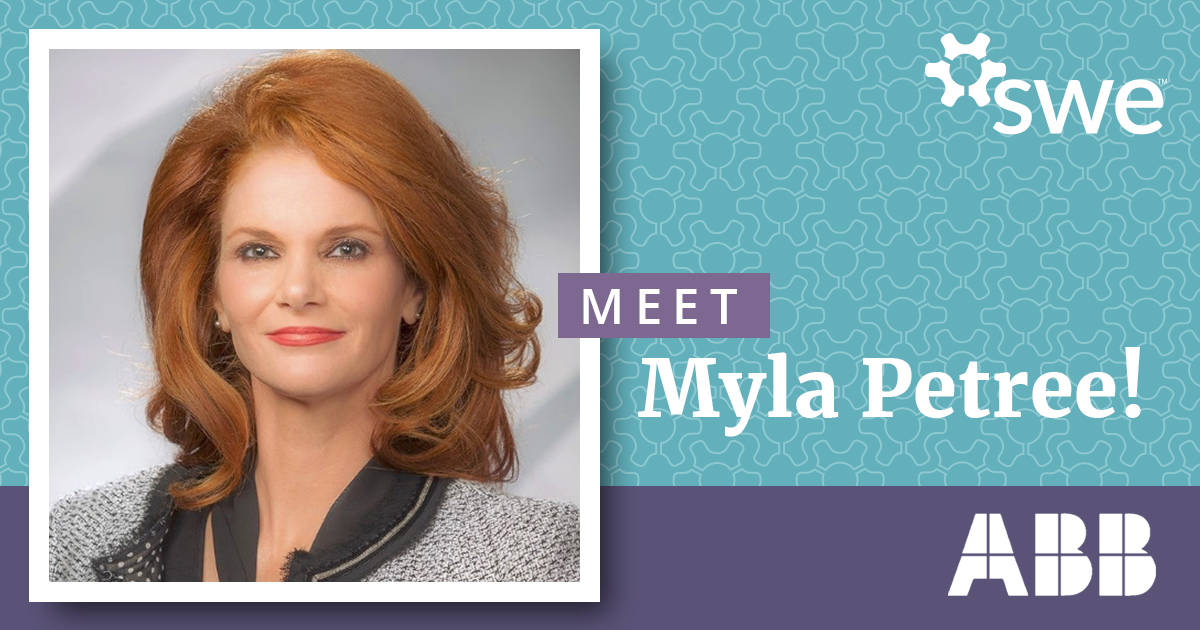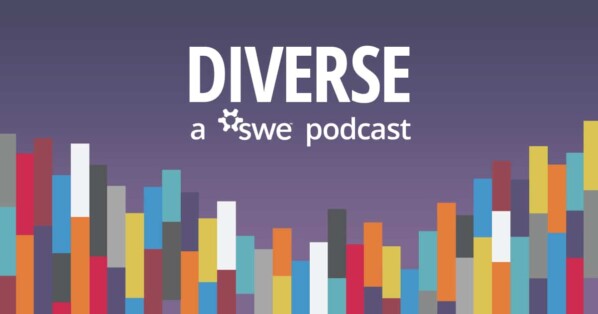As SWE prepares to honor women in manufacturing careers, we sat down (virtually) with ABB’s Myla Petree to talk about her career, overcoming obstacles and encouraging more women to enter the field.
How did you get started in manufacturing?
I was very fortunate in that my mom worked in manufacturing for 40 years, held many different roles, and encouraged me to get into the field. I got a scholarship that enabled me to get my engineering degree and then I started working at Whirlpool. It was a huge campus with around 6,000 employees. I’d intended to stick with engineering but early on I was encouraged by one of my mentors to consider operations and management.
“You need to think about leading people,” he told me. That man was one of three male mentors I had, and I still consider him one today.
What else did you learn from mentors?
Mentors are critical throughout your career. People you look up to and trust to give you hard feedback can help you to grow in the right way.
What transforms the involvement of women in manufacturing are great male role models and mentors, but we need to form those relationships organically. Assigned mentors don’t always last.
How do you gain the respect and trust of male colleagues or employees?
The same as any colleague. Be part of a team and work to make the team successful. You earn trust by doing what you say you’re going to do, taking care of people, and helping others to grow.
How do you assert yourself in meetings when you are the only woman?
Generally, I find that people respond well if you acknowledge their input before offering another view. So, kind of like “that’s a great point, but what about this…”. You can respect others’ opinions without necessarily agreeing with them.
As a leader, it’s important to be engaged, encourage discussion and be inclusive in that discussion.
How do you overcome imposter syndrome?
<laughs> This is a challenge for everyone, male or female. It took someone encouraging me to see my own potential in a manufacturing career.
Often women want to feel like they’ve “finished” in a role before moving on, but people need to keep moving forward, contributing more to the business. That can lead to imposter syndrome when women move into roles they feel they’re not ready for. Again, male allies—as well as other women—are important here to provide a sounding board give constructive feedback and validate that your ideas are sound.
What advice do you have for women starting their manufacturing career or seeking career advancement?
Start by learning all the functions in the plant—supply chain, quality, customer contact, production management, engineering, HR, safety, finance. There are so many ways to contribute. Start conversations with people in those roles, find out what make them successful. Use that to identify gaps in your own skills.
Try to hold as many roles in the plant as you can, say 2-3 years each. That’s enough time to master the given job, and then it’s time to challenge yourself to master a new perspective.
What are some perceptions that women may have about the manufacturing environment that may prevent them from entering the field?
Many women can be intimidated by the management aspect, the idea of being responsible for operations, but it’s also the technical aspects, the product understanding. But women also bring a lot to the table. Making great products by helping to make people, teams and processes work well requires characteristics that are generally strengths of women.
Manufacturing is also a starting point, not an end point. You can take it as far as you want, and you can end up leading the entire business via the manufacturing path. It gives you the opportunity to see what you like among many different functions, roles, and ways to contribute in a great industry.
What can you tell us about the Manufacturing Roundtable you’ve set up?
It’s part of our Encompass Women employee resource group. We started a year ago meeting quarterly. Meeting in person helps because I think people are more likely to share when you’re face to face.
The purpose is for women in manufacturing roles to share experiences, encourage more women to join the field, and break down barriers. It’s open to anyone—we have people at all different stages of their career, working in different parts of the company, and it includes men, too.
How do you establish a roundtable? Any tips for getting started?
We started our roundtable with people in mind, women from all different functions and plants. The conversation is informal, sharing personal experiences. It’s essential to know more about the business and be exposed to opportunities. We actually took a poll and 95% of the women said they would not be in the position they are in today without someone tapping them on shoulder, showing confidence in them, and encouraging them to “put their name in the hat.” The Roundtable feedback has strengthened our leadership team in recognizing how to strengthen the engagement of women in our business.
It’s still early days, but at least it’s on management’s radar now. Inclusiveness is there as a goal for the business, and the leadership team is committed to change. I’m glad that the Roundtable has been able to support that.
Author
-

SWE Blog provides up-to-date information and news about the Society and how our members are making a difference every day. You’ll find stories about SWE members, engineering, technology, and other STEM-related topics.






